Flowers have always held a special place in our hearts, symbolizing beauty, love, and peace. In Telugu culture, flowers are an integral part of religious rituals, festivals, and daily life. Understanding the names and significance of flowers in Telugu can enrich our cultural knowledge and deepen our appreciation for nature’s bounty. This guide provides an extensive list of flowers names in Telugu, complete with their scientific names, descriptions, and cultural relevance.
Telugu, a Dravidian language spoken primarily in the Indian states of Andhra Pradesh and Telangana, has a rich tradition of floral symbolism. Flowers are used in various ceremonies, including weddings, festivals, and daily worship. Knowing the Telugu names of flowers not only helps in appreciating their cultural significance but also aids in preserving linguistic heritage.
Flowers Name in Telugu With Pictures
| No. | Pictures | English Names | Telugu Names |
|---|---|---|---|
| 1 | 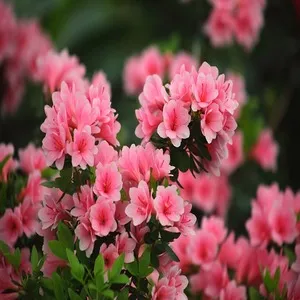 | Azalea | రోడాడెండ్రాన్ (Rhododendron) |
| 2 |  | Bougainvillea | గుల్నర్ (Gulnar) |
| 3 | 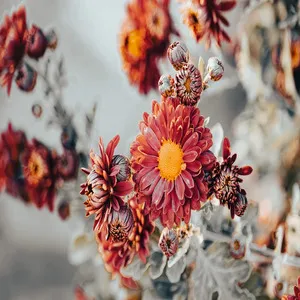 | Chrysanthemum | కమల (Kamala) |
| 4 | 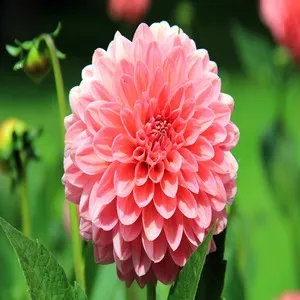 | Dahlia | జార్జియా పువ్వు (Georgia Puvvu) |
| 5 | 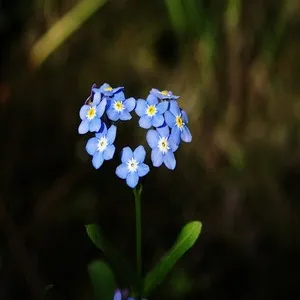 | Forget-me-not | మరువలేని (Maruvaleni) |
| 6 |  | Frangipani | ప్ల緬ట (Plamen-ta) |
| 7 | 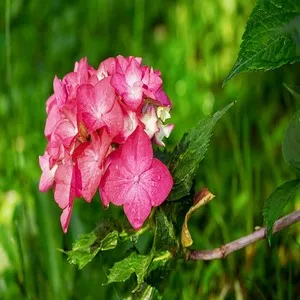 | Hydrangea | నీలి కలువ (Nili Kaluva) |
| 8 | 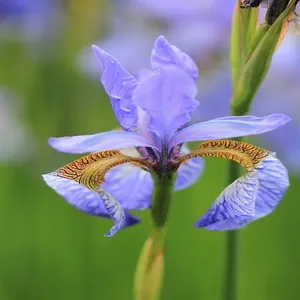 | Iris | ఐరిస్ (Iris) |
| 9 |  | Lavender | లావెండర్ (Laavendar) |
| 10 | 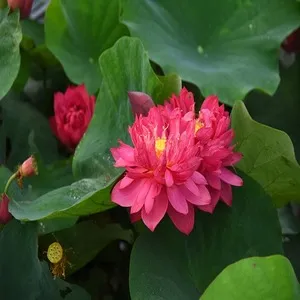 | Lotus | తామర (Taamara) |
| 11 | 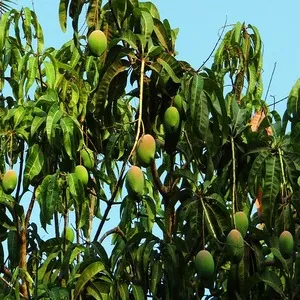 | Magnolia | మగ్నోలియా (Magnoliya) |
| 12 | 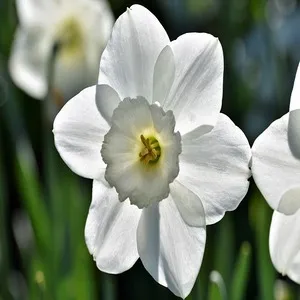 | Narcissus | నార్సిసస్ (Narcisus) |
| 13 |  | Pansy | గొబ్బెరపువ్వు (Gobberapu-vvu) |
| 14 | 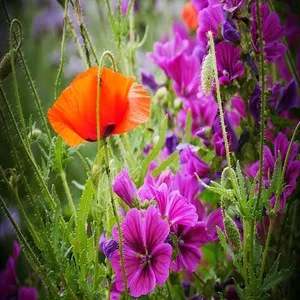 | Poppy | గసగసలు (Gasa-gasalu) |
| 15 | 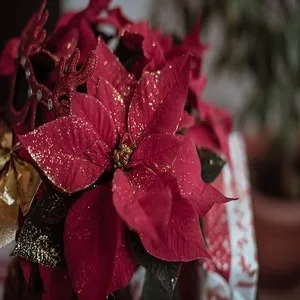 | Poinsettia | క్రిస్మస్ స్టార్ (Kristmas Sṭār) |
| 16 | 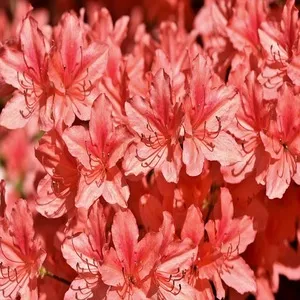 | Rhododendron | రోడాడెండ్రాన్ (Rhododendron) |
| 17 |  | Snapdragon | సింహవక్తి (Simhavakti) |
| 18 |  | Cypress Vine, Star Glory | కాశీ రత్నం (Kāśī ratnaṁ) |
| 19 | 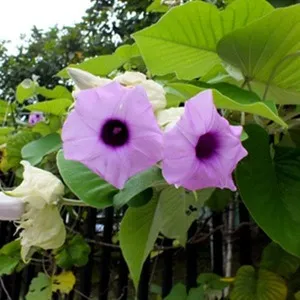 | Elephant Creeper | సముద్ర పాల (samudra paala) |
| 20 | 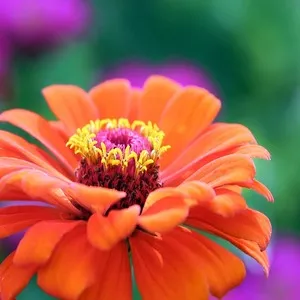 | Zinnia | జిన్నీయా (Jinniyaa) |
| 21 | 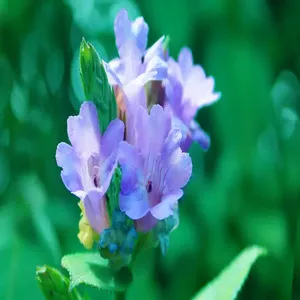 | Kurinji | కురింజి (Kurin̄ji) |
| 22 | 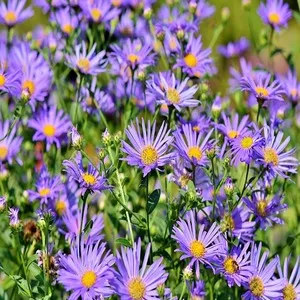 | Aster | జర్బేరా (Jarbēra) |
| 23 | 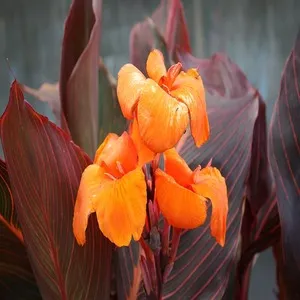 | Calla Lily | కల్ల కలువ (Kalla Kaluva) |
| 24 | 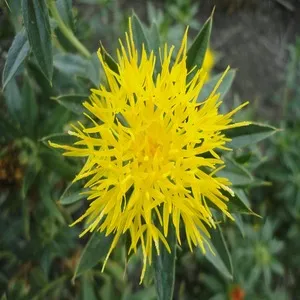 | Safflower | కుసుమ (Kusuma) |
| 25 | 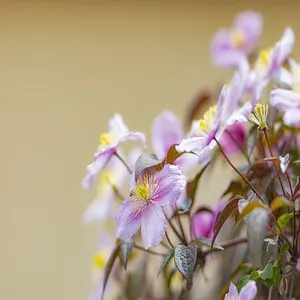 | Clematis | క్లెమాటిస్ (Klematis) |
| 26 |  | Delphinium | డెల్ఫీనియం (Delphīniyam) |
| 27 | 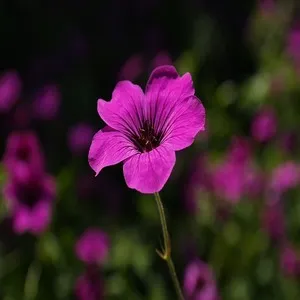 | Geranium | జేరానియం (Jērāniyam) |
| 28 | 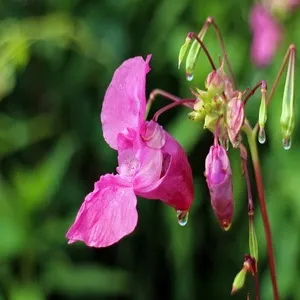 | Balsam | చిలుక ప్లాంట్స్ (chiluka plants) |
| 29 | 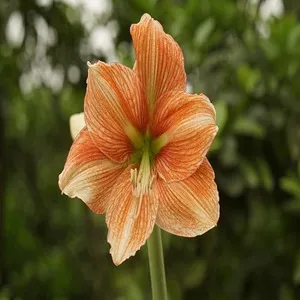 | Lily of the Valley | కొండగుల్ల (Konda-gulla) |
| 30 | 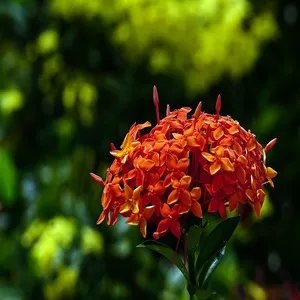 | Ashoka | అశోక (Aśoka) |
| 31 | 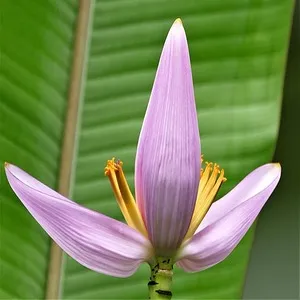 | Banana Flower | అరటి పువ్వు (Araṭi Puvvu) |
| 32 | 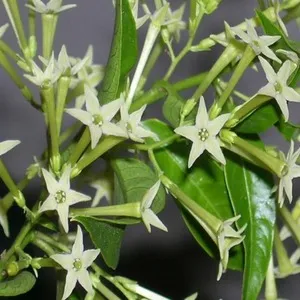 | Cestrum | రాత్రి రాణి (Rātri Rāṇi) |
| 33 | 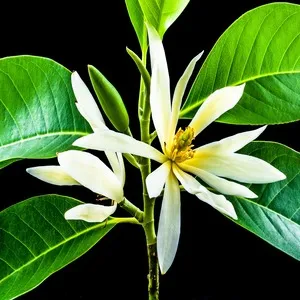 | Champaka | సంపెంగ (Sampenga) |
| 34 |  | Curry Leaf Tree Flower | కరివేపాకు పువ్వు (Karivēpāku Puvvu) |
| 35 | 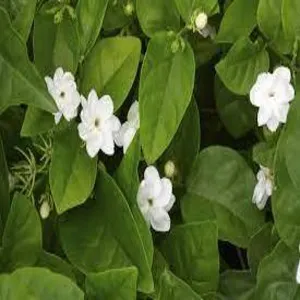 | Jasmine Sambac | మందార (Mandāra) |
| 36 |  | Gallant soldier | గడ్డిచామంతి (Gaḍḍicāmanti) |
| 37 | 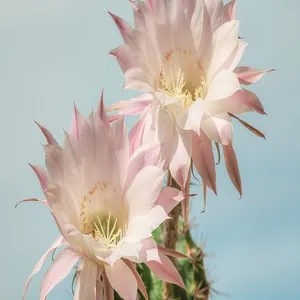 | Night Queen | రాత్రి రాణి (Rātri Rāṇi) |
| 38 | 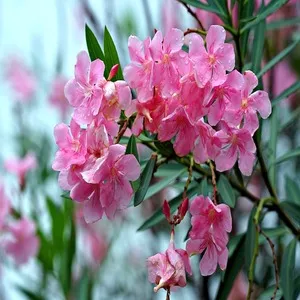 | Oleander | గన్నేరు (Ganneeru) |
| 39 | 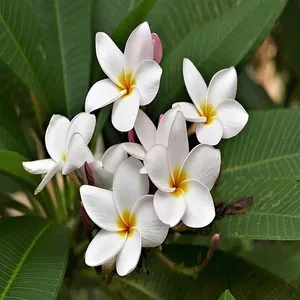 | Plumeria | ప్ల緬ట (Plamen-ta) |
| 40 | 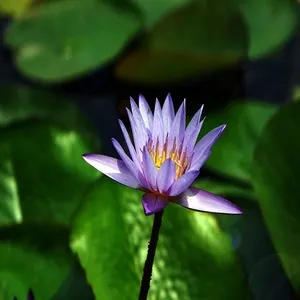 | Water Lily | తామర (Taamara) |
Common Flowers & Their Telugu Names
1. Rose – గులాబి (Gulabi)
Scientific Name: Rosa
Description: Roses are perhaps the most well-known flowers globally, admired for their beauty and fragrance. In Telugu culture, roses symbolize love and are often used in decorations and offerings during festivals and ceremonies.
Cultural Significance: Roses are popular in garlands and as offerings to deities in temples. They also feature prominently in Telugu poetry and literature.
2. Jasmine – మల్లె (Malle)
Scientific Name: Jasminum sambac
Description: Jasmine flowers are small, white, and extremely fragrant. They are often used in garlands, perfumes, and essential oils.
Cultural Significance: Jasmine is associated with purity and divine blessings. Women often wear jasmine garlands in their hair, and the flowers are used in various religious rituals.
3. Marigold – బంతి (Banti)
Scientific Name: Tagetes
Description: Marigolds are bright, vibrant flowers commonly seen in orange and yellow hues. They are easy to grow and are often used in decorations.
Cultural Significance: Marigolds are significant in Telugu festivals like Sankranti and Diwali. They are used to make garlands and decorate altars and homes.
4. Lotus – తామర (Tamara)
Scientific Name: Nelumbo nucifera
Description: The lotus is a sacred flower in many cultures, including Telugu. It is known for its large, beautiful blooms that float on water surfaces.
Cultural Significance: The lotus symbolizes purity and enlightenment. It is often associated with deities like Goddess Lakshmi and Lord Vishnu.
5. Hibiscus – మందారము (Mandaramu)
Scientific Name: Hibiscus rosa-sinensis
Description: Hibiscus flowers are large, colorful, and come in various shades including red, pink, and yellow. They are known for their distinctive, trumpet-shaped appearance.
Cultural Significance: Hibiscus is commonly offered to Goddess Kali and Lord Ganesha. It is also used in traditional medicine and beauty treatments.
6. Chrysanthemum – చామంతి (Chamanthi)
Scientific Name: Chrysanthemum indicum
Description: Chrysanthemums are popular for their wide range of colors and shapes. They are often used in bouquets and as ornamental plants.
Cultural Significance: In Telugu culture, chrysanthemums are associated with longevity and happiness. They are used in various festivals and are popular as garden flowers.
7. Night-blooming Jasmine – రాత్రి మల్లె (Ratri Malle)
Scientific Name: Cestrum nocturnum
Description: As the name suggests, these flowers bloom at night and emit a strong, sweet fragrance. They are small and white or greenish-white.
Cultural Significance: Night-blooming jasmine is often used in night-time religious ceremonies and to create a serene, fragrant environment.
8. Sunflower – సూర్యకాంతి (Suryakanti)
Scientific Name: Helianthus annuus
Description: Sunflowers are large, bright yellow flowers known for their ability to turn towards the sun. They are widely grown for their seeds and oil.
Cultural Significance: Sunflowers symbolize adoration and loyalty. In Telugu culture, they are used in decorations and as offerings during festivals.
9. Oleander – గన్నేరు (Ganneru)
Scientific Name: Nerium oleander
Description: Oleander flowers are beautiful but toxic. They come in various colors, including pink, white, and red.
Cultural Significance: Despite their toxicity, oleander flowers are used in decorations and religious offerings due to their vibrant colors.
10. Periwinkle – నిత్యమల్లె (Nityamalle)
Scientific Name: Catharanthus roseus
Description: Periwinkle flowers are small, with five petals, and come in colors such as pink, white, and purple. They are easy to grow and maintain.
Cultural Significance: Periwinkle is used in traditional medicine and is believed to have various health benefits. It is also used in religious rituals and as ornamental plants.
Also Check:
Conclusion
Understanding the names and significance of flowers in Telugu culture enhances our appreciation of these natural beauties. From their use in festivals and rituals to their medicinal properties, flowers hold a special place in the hearts and lives of Telugu-speaking people. By learning and sharing this knowledge, we can keep the cultural heritage alive and celebrate the beauty of nature in all its forms.
